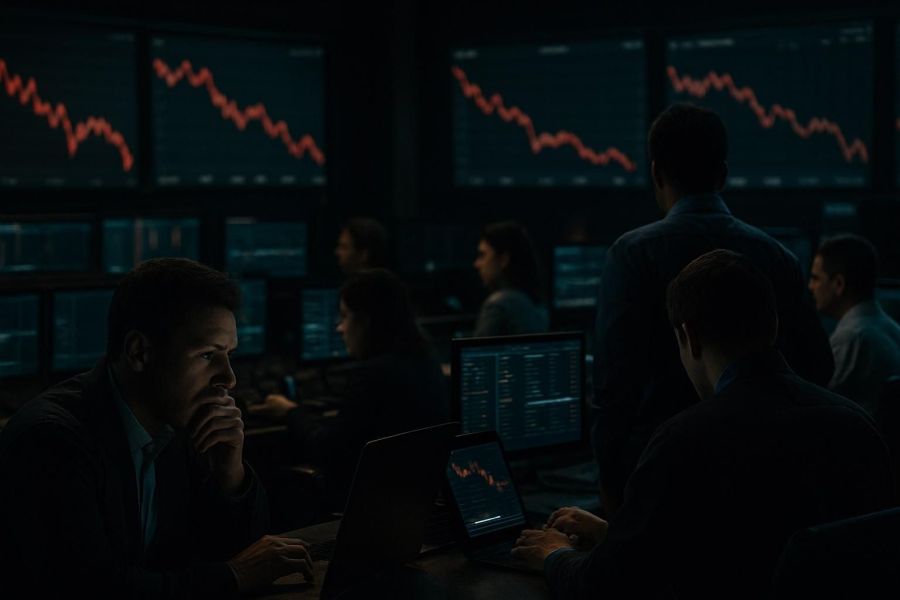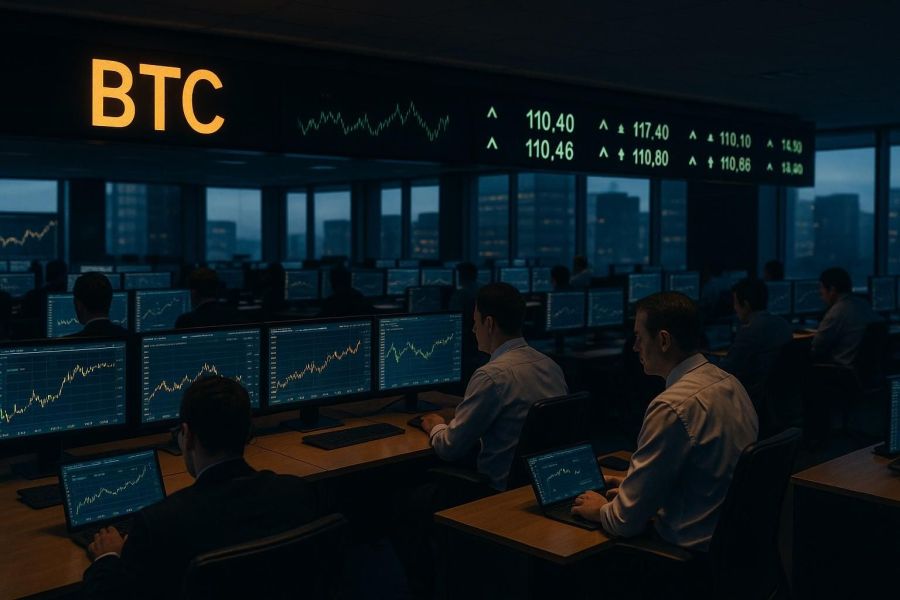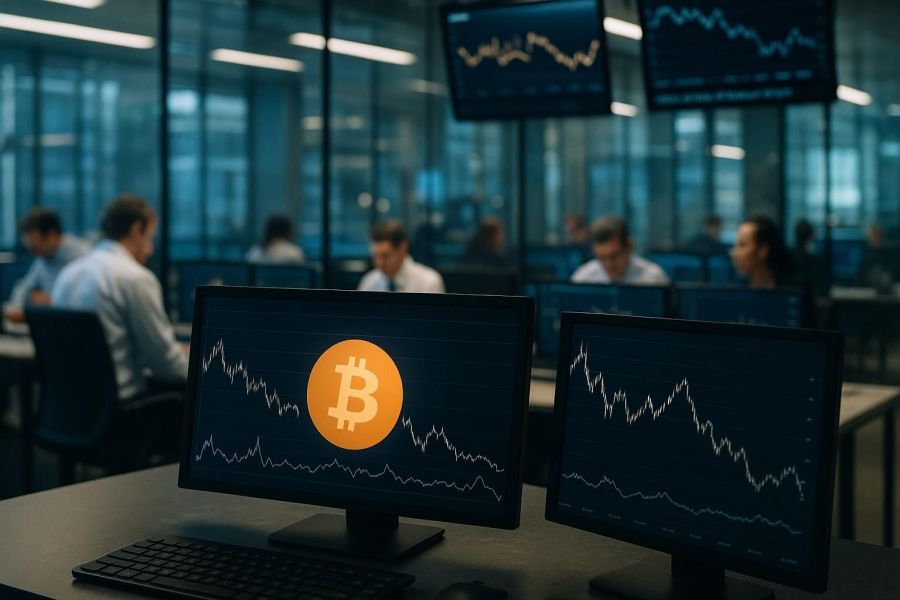The cryptocurrency landscape is evolving rapidly in 2025. Over the past months, Bitcoin's market dominance—once the lodestar for the broader crypto space—has steadily declined as capital and attention shift to altcoins. This altcoin surge, propelled by heightened volatility and speculative excitement, is marking a new chapter of diversification and opportunity across the digital asset sector (source [1]).
Bitcoin Remains Resilient Amid Rapid Rotation
Despite Bitcoin trading near the $118,600 level, resilient against the tides of capital rotation, its market share has dipped as traders chase explosive gains in alternative cryptocurrencies. Altcoins like Binance Coin (BNB) and emergent memecoins have not only rallied but, in several cases, reached new all-time highs in July 2025. The resilience of Bitcoin, coupled with its comparatively stable price action, underlines its evolving role in an increasingly dynamic market (source [2]).
Altcoin Opportunity: Risk and Reward for Active Traders
The quest for amplified yields has inspired traders and investors to embrace riskier positions in the altcoin market. Binance Coin’s record-breaking rally and the explosive rise of various memecoins highlight strong appetites for assets offering higher volatility and alpha potential. While altcoins dominate headlines, seasoned market participants recognize that this capital rotation is not without risk. August historically brings thinner trading volumes and sharper corrections, making risk management essential for those engaging in the fast-paced altcoin trade (source [3]).
Bitcoin’s Strategic Position Remains Unshaken
For all the explosive moves among altcoins, Bitcoin retains its core strengths: deep liquidity, institutional credibility, and a time-tested value proposition. As more market actors diversify into altcoins, Bitcoin continues to serve as an anchor, offering a safe harbor during periods of heightened volatility. Analysts widely agree that, although the short-term outlook favors nimble altcoin strategies, Bitcoin’s long-term trajectory is intact, with cycles of rotation ultimately supporting a more robust, interconnected digital asset ecosystem (source [4]).










